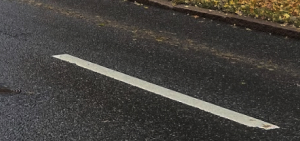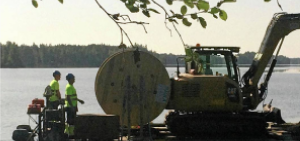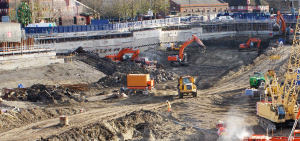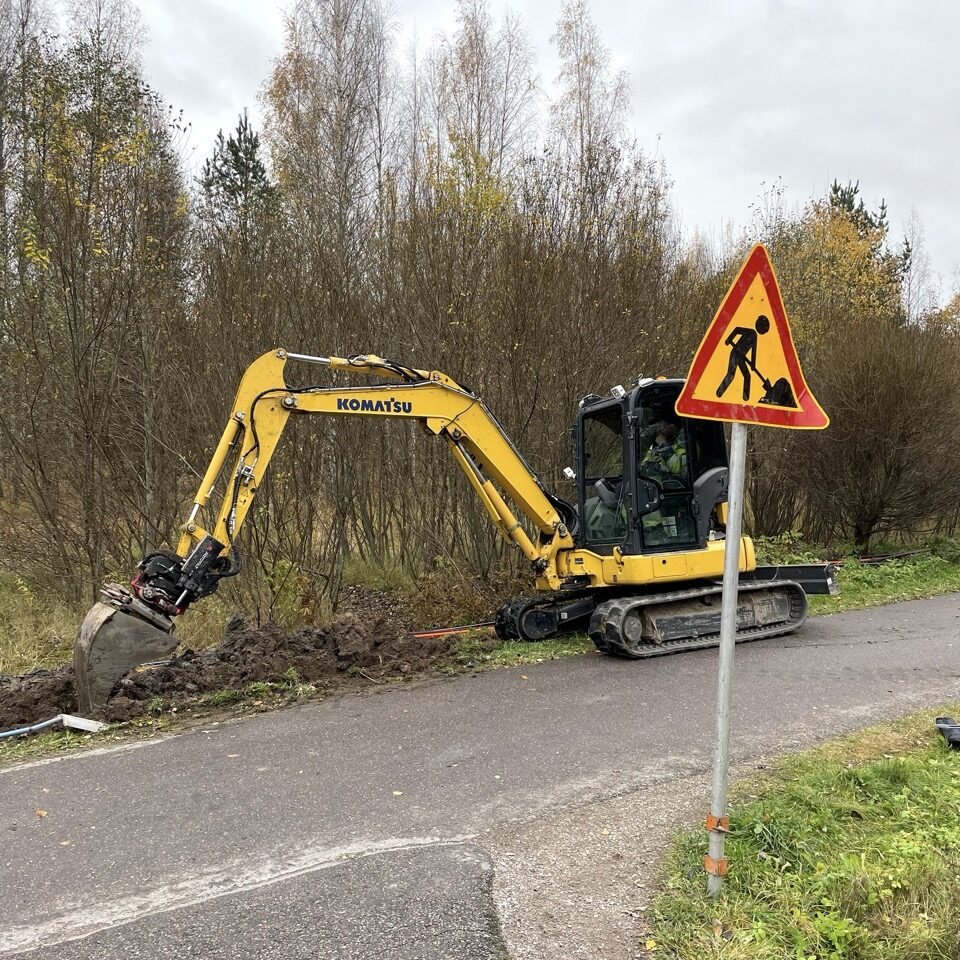Build High Quality at Once: How Fieldsight® Solutions Prevent Costly Cable Trench Rework
When cables are installed at insufficient depths—often in an attempt to save time or reduce upfront costs—the consequences can be significant. While initially appearing cost-effective, rushed or improper installations frequently lead to unplanned rework triggered by inspections, erosion, or stricter regulatory enforcement years later. Without reserved budgets for such corrections, these projects often face severe financial strain, operational delays, and reputation damage.
This underscores the importance of precision in cable trenching. In the following sections, we explore methods and tools to ensure proper trench installation depth from the surface to the top of the cable, covering how Fieldsight® solutions help eliminate risks associated with insufficient depths, saving time and costs while delivering durable and compliant results.
Regulations for Cable Depth Installation
The required depth for laying electric and fiber optic cables varies by country or city regulations, typically dictated by local standards. For instance:
- In Finland and Sweden, typical depth requirements is 70/60 cm depth from the ground surface level. Exceptions, such as microtrenching or shallow property yard installations, may allow depths as low as 30/40 cm, depending on municipal permissions.
- Microtrenching or Microsawing— are cost-effective and less invasive methods—often reduces depth requirements lower than 40 cm in urban settings.
These regulations underline the need for precise depth measurement and adherence to evolving trenching practices.
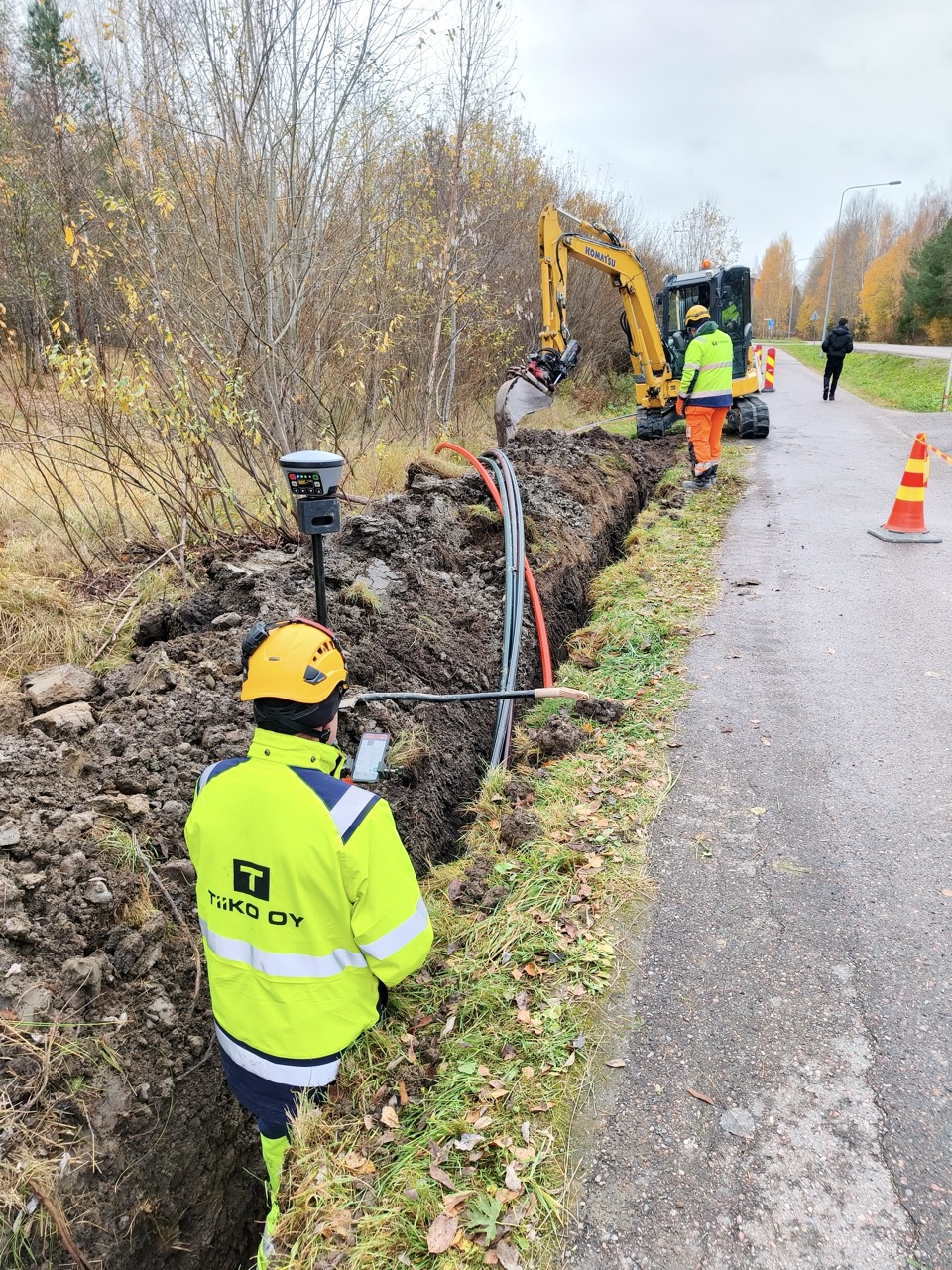
Methods for Ensuring Correct Cable Depth
Achieving the required trench depth can be done through a variety of methods, each offering varying degrees of accuracy and efficiency. These include:
- Automated Depth Measurement Tools
High-tech solutions like the Fieldsight® Depth Handle use ultra-sound and laser technology. Real-time LEDs visualize in real-time to user trench meet required depths. These tools automatically measure and alert workers if the depth is insufficient, greatly reducing human error on site. - Manual Depth Measurement
Traditional tools, such field worker shovel marked with depth indicators (e.g., 70 cm), can verify trench depth manually for excavator driver. Though straightforward, this method requires more labor and time and risks inconsistencies over long trench stretches without capability to document depth in real-time for each data point collected.
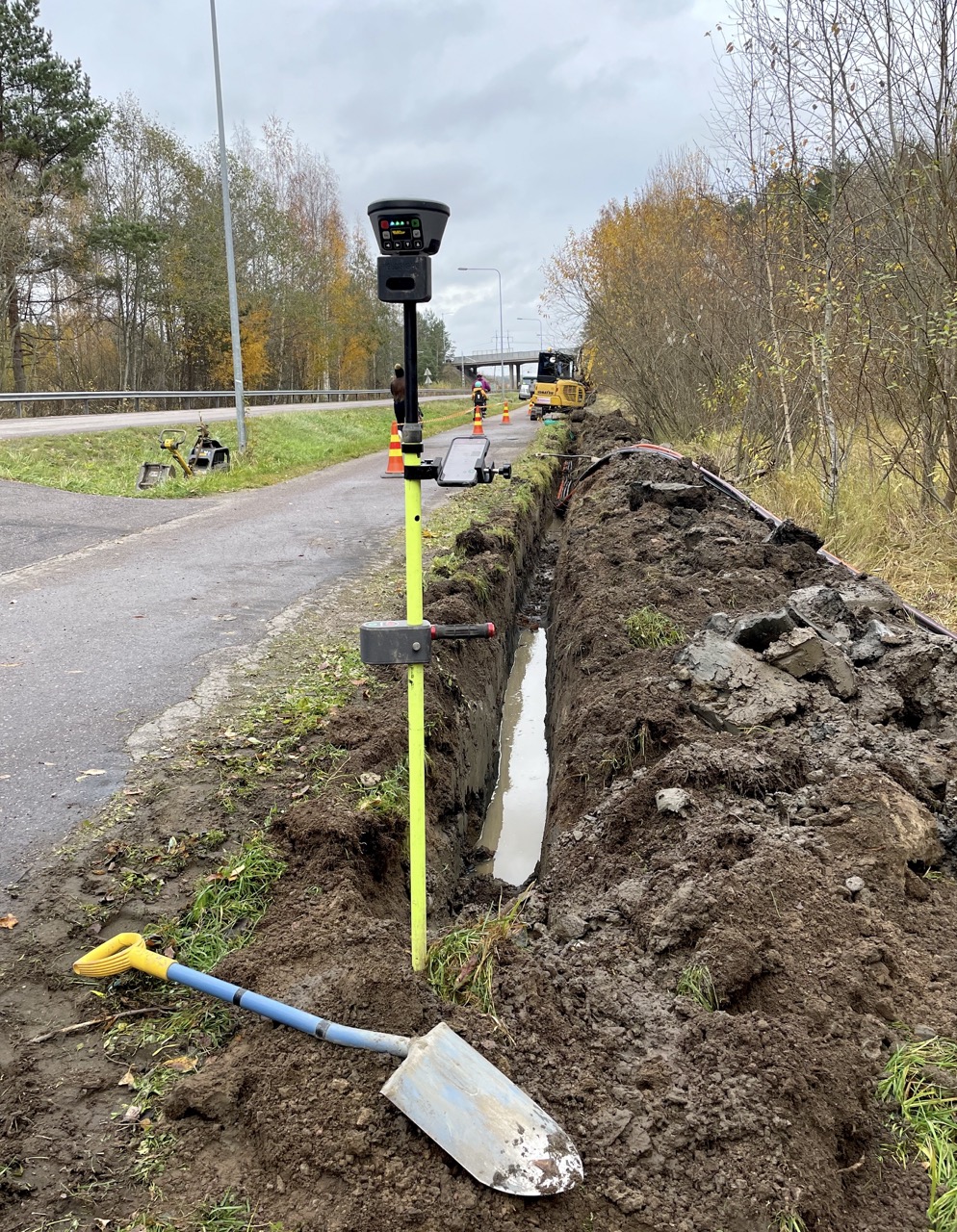
Depth Control Made Easy: The Depth Handle Solution
The Fieldsight® Depth Handle offers a game-changing approach to trench depth measurement. It employs ultrasonic technology to measure the trench depth with 1 cm precision. Here’s how it works:
- Real-Time Feedback:
The tool uses laser to establish reference line from the ground surface to the trench bottom. If the depth is incorrect, the LED interface will instantly alert field worker. - Programmable Depth Parameters:
Depth requirements can be pre-programmed to align with specific municipal or national regulations, ensuring compliance for every project with custom depth setting. - Error Prevention:
If measurements detect insufficient depth or other irregularities, the system blocks data logging, prompting corrections during the initial work phase rather than later to avoid construction error. - Seamless Integration:
The Depth Handle pairs with GEO or GND setups, allowing real-time data sharing with project stakeholders for transparency and efficient oversight.
Why Choose Fieldsight® Solutions?
In addition to the Depth Handle, Fieldsight® offers a comprehensive suite of trench depth verification tools, including:
- Upcoming Fieldsight® Lidar System:
Integrates with GEO, GND or GW & Excavator to deliver detailed trench depth mapping. - Fieldsight® App with AR:
Verifies trench depth using smartphone camera technology. - Survey App with Cable Radar:
Identifies and maps underground cables depth for layer or existing infrastructure. - Geo Measurement via Fieldsight solution:
Simplifies trench validation through geolocation-based tools (GEO, GW, or GND).
Each solution is designed to optimize accuracy, minimize risks, and ensure compliance across diverse trenching projects.
Conclusion
Accurate trench depth measurement is crucial to meet customer requirements and prevent the financial & operational fallout of costly rework. Tools like the Fieldsight® Depth Handle automate this process, delivering unmatched precision and ensuring compliance from the start for each geo point collected By incorporating Fieldsight® solutions, construction teams can reduce errors, save resources, and uphold their reputation for quality and reliability—building high quality at once, every time.



